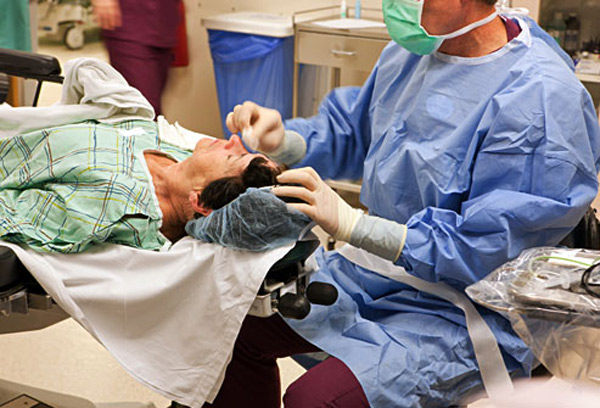
Investigators at the Cedars-Sinai Regenerative Medicine Institute have identified new molecular abnormalities in the diabetic cornea that could contribute to eye problems in affected patients. With this new knowledge, investigators aim to accelerate the process of healing and repair in damaged corneas to ultimately reverse the effects of diabetes-induced eye complications.
“We observed small but significant changes in the gene expressions between normal and diabetic corneas,” said Mehrnoosh Saghizadeh Ghiam, PhD, assistant professor of biomedical sciences and neurosurgery, a researcher in the Regenerative Medicine Institute Eye Program and the lead author of the study published in the journal PLOS ONE. “These slight alterations may contribute to disease progression and cause cascading effects on the cellular functions that prevent wound healing and eventually contribute to vision impairment.”
Diabetes is a systemic disease affecting all parts of the body, including the eye and may lead to vision loss. Roughly 50 to 70 percent of diabetic patients suffer from corneal complications that include alterations in vital corneal stem cells, causing lasting defects and eventually, vision impairment.
Investigators identified gene expression regulators, microRNAs, in normal and diabetic human corneas. They then successfully confirmed that several of these regulators were expressed differently in the diabetic corneas. These differently expressed microRNAs may contribute to stem cell and epithelial (tissue cells) abnormalities in diabetic corneas. Researchers are working on the manipulation of these microRNAs by gene therapy to normalize these corneas.
“No previous studies have addressed the role of microRNAs in the corneas of patients with diabetes,” said Alexander Ljubimov, PhD, director of the Eye Program at the Regenerative Medicine Institute and co-author of the paper. “This first-of-a-kind study will allow researchers to better understand the roles of microRNAs in corneal diseases.”
The study done by Cedars-Sinai Medical Center.